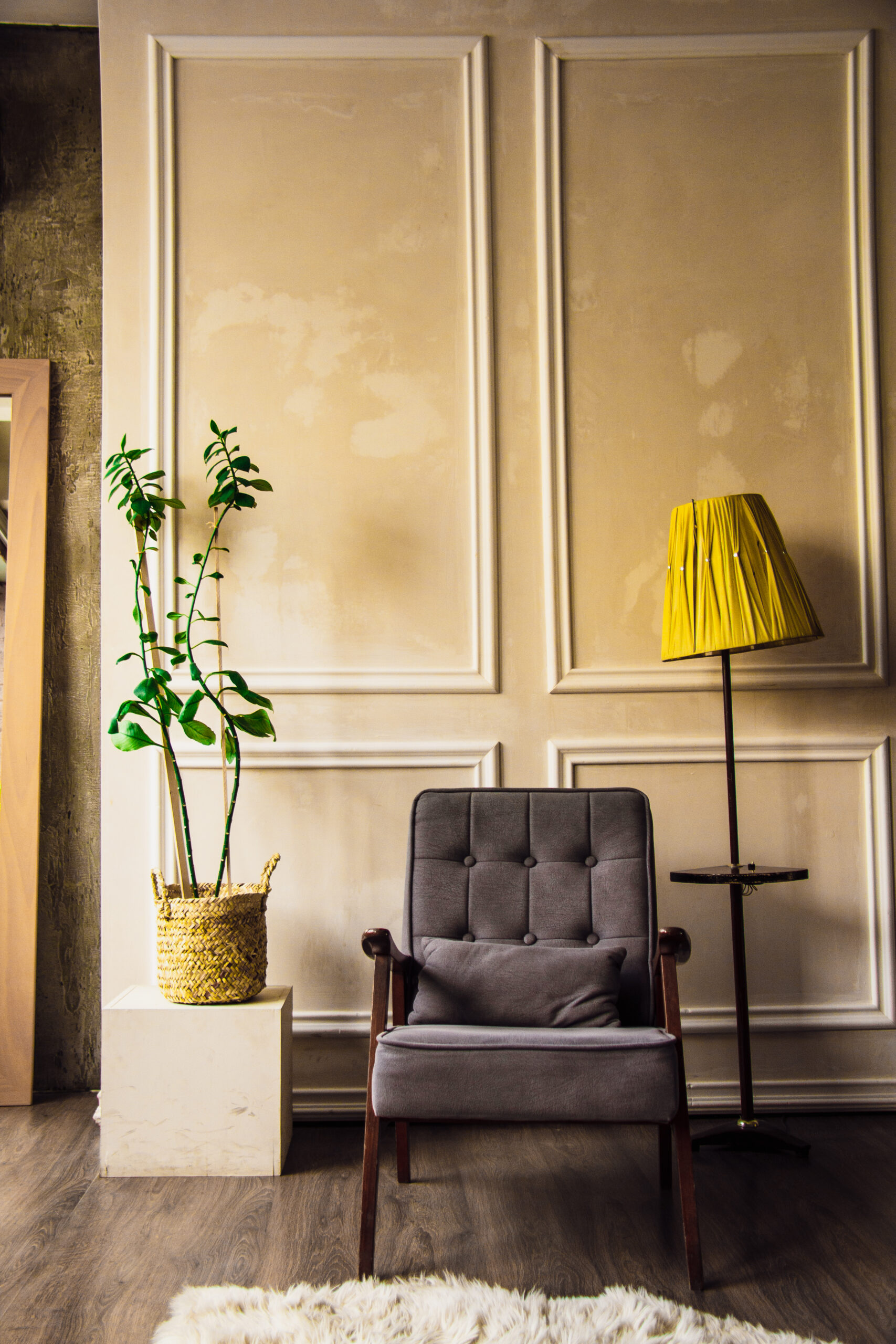When it comes to cooking, finding the right pot can make all the difference in creating delicious and masterful dishes. With so many options available, it’s easy to feel overwhelmed and uncertain about which pot is truly the best for cooking. Whether you’re a seasoned chef or a beginner in the kitchen, this article aims to provide clarity and guidance by addressing common consumer questions about cookware. From determining the safest type of pot to understanding the importance of quality, we’ll explore the key factors to consider when selecting the ideal pot for your culinary adventures. So, let’s dive into the world of pots and discover which one is truly the best for cooking!

This image is property of images.pexels.com.
Materials
Stainless Steel
Stainless steel is a popular choice for pots due to its durability, versatility, and resistance to rusting and staining. It conducts heat well and is also non-reactive, meaning it won’t interact with the food and alter its taste. Stainless steel pots are easy to maintain and can be used for a wide range of cooking tasks, from boiling pasta to making soups and sauces.
Cast Iron
cast iron pots have been used for centuries and are known for their exceptional heat retention and even heat distribution. They can withstand high temperatures and are perfect for searing, browning, and slow cooking. Cast iron pots require proper seasoning and maintenance to prevent rusting, but when cared for properly, they can last a lifetime.
Nonstick
Nonstick pots have a coating on the cooking surface that prevents food from sticking, making them ideal for cooking delicate dishes like eggs, pancakes, and fish. They require less oil or fat for cooking, making them a healthier option. However, nonstick pots are prone to scratches and should be used with nylon or wooden utensils to avoid damaging the coating.
Copper
Copper pots are prized for their excellent heat conductivity, which allows for precise temperature control during cooking. They heat up quickly and distribute heat evenly across the cooking surface, reducing the risk of hot spots. Copper pots are often lined with stainless steel to prevent the interaction of copper with acidic foods. They require regular polishing to maintain their appearance and may be more expensive compared to other materials.
Heat Conductivity
Aluminum Core
Pots with an aluminum core offer excellent heat conductivity. Aluminum is a lightweight material that heats up quickly and distributes heat evenly. It allows for precise temperature control and is ideal for tasks that require quick and even heat, such as boiling water or searing meat. Aluminum core pots are often clad with a layer of stainless steel for added durability and ease of maintenance.
Copper Core
Copper core pots provide exceptional heat conductivity, surpassing even aluminum. They heat up rapidly and distribute heat evenly across the cooking surface, ensuring consistent results. Copper core pots are often clad with stainless steel to enhance their durability and non-reactive properties. They are commonly used by professional chefs who require precise temperature control.
Clad
Clad pots are constructed with multiple layers of different materials to combine the benefits of each. A popular clad design is stainless steel with an aluminum or copper core. This construction provides the durability and non-reactivity of stainless steel, along with the excellent heat conductivity of aluminum or copper. Clad pots offer the best of both worlds and are suitable for a wide range of cooking techniques.
Purchase The Perfect Cooking Pot
Durability
Stainless Steel
Stainless steel pots are known for their durability and resistance to corrosion, making them a long-lasting investment. They can withstand high heat and are resistant to scratches, dents, and stains. Stainless steel pots are also dishwasher safe and easy to clean, making them a convenient choice for everyday use.
Cast Iron
Cast iron pots are renowned for their exceptional durability. They are solid and heavy, capable of withstanding high heat and intense cooking techniques. While cast iron pots may require regular seasoning and careful maintenance to prevent rusting, they can last for generations if properly cared for. The natural nonstick surface that develops over time also adds to their durability.
Enamel-coated
Enamel-coated pots, often cast iron pots with an enamel layer on the cooking surface, offer increased durability and protection against rusting. The enamel coating prevents direct contact between food and cast iron, making them easier to clean and maintain. Enamel-coated pots come in a variety of vibrant colors and add an aesthetic appeal to any kitchen.
Versatility
All-Purpose Pot
An all-purpose pot, like a stock pot or Dutch oven, is a versatile option that can be used for a wide range of cooking tasks. It is large enough to accommodate large batches of soup, stews, or pasta, while also being suitable for braising, slow cooking, and even baking. An all-purpose pot is a must-have in any kitchen, providing flexibility and convenience.
Specialized Pots
Specialized pots, such as saucepans, sauté pans, or frying pans, are designed for specific cooking tasks. They come in various sizes and shapes, each tailored to achieve optimal results for a particular type of dish. While specialized pots offer precision and efficiency, they may not be as versatile as all-purpose pots. Having a combination of both can ensure you have the right tool for any cooking endeavor.

This image is property of images.pexels.com.
Size
Small
Small pots, also known as saucepans or small stockpots, are typically used for tasks that require heating smaller quantities of food or liquids. They are ideal for making sauces, heating up leftovers, or boiling eggs. Compact and easy to handle, small pots are a practical addition to any kitchen, especially when cooking for one or two people.
Medium
Medium-sized pots, such as 4-6 quart capacity, are versatile enough to handle a wide range of cooking tasks. They can accommodate larger batches of soups, stews, and pastas, making them suitable for small to medium-sized families. Medium pots strike a good balance between capacity and ease of handling.
Large
Large pots, commonly known as stockpots or Dutch ovens, have a capacity of 8 quarts or more. They are designed to handle large quantities of food and are perfect for making stocks, soups, or dishes that require long, slow cooking. Large pots are a great choice for those who frequently cook for a large number of people or enjoy meal prepping.
Lid Type
Glass Lid
Pots with glass lids offer visibility during the cooking process, allowing you to monitor your food without having to lift the lid. This helps retain heat and moisture, ensuring even cooking. Glass lids are often fitted with a steam vent or small holes to prevent pressure build-up. They are lightweight, easy to handle, and dishwasher safe.
Metal Lid
Metal lids, typically made of stainless steel, provide durability and a snug fit on the pot. They help retain heat and moisture, ensuring even cooking. While metal lids do not offer visibility into the pot, they are sturdy, resistant to breakage, and can be used in the oven. Metal lids often have handles for easy removal.
Ventilation
Pots with ventilation features, such as steam vents or small holes on the lids, help regulate pressure and prevent the pot from boiling over. These features allow steam to escape and reduce the risk of accidents in the kitchen. Whether you prefer a glass or metal lid, having ventilation options can make your cooking experience safer and more convenient.

This image is property of images.pexels.com.
Handle Type
Stay-Cool Handles
Pots with stay-cool handles are designed to remain cool to the touch, even when the pot is heated. This feature ensures safe handling, reducing the risk of burns or accidents in the kitchen. Stay-cool handles are typically made of materials that have low conductivity, such as silicone or certain types of plastic. They offer comfort and ease of use, particularly when transferring the pot from the stovetop to the serving area.
Removable Handles
Pots with removable handles provide versatility and space-saving benefits. These handles can be easily detached, allowing the pot to be used in the oven or for compact storage. Removable handles often have a locking mechanism to ensure a secure fit during cooking. While removable handles offer added flexibility, it is essential to ensure they are properly attached before handling hot cookware.
Double Handles
Double-handled pots, commonly found in Dutch ovens or larger stockpots, offer stability and ease of handling when working with heavier or larger pots. Two handles provide a balanced grip and allow for controlled pouring or lifting of the pot. Double handles can be particularly useful when transferring hot liquids or when cooking outdoors on open flames.
Cleaning and Maintenance
Dishwasher Safe
Pots that are labeled as dishwasher safe are designed to withstand the rigors of dishwasher cycles without losing their functionality or appearance. This feature can save time and effort when it comes to cleaning up after cooking. While it is generally safe to put stainless steel, enamel-coated, or Nonstick pots in the dishwasher, it is crucial to follow the manufacturer’s instructions to ensure the best results.
Non-reactive Surface
Pots with a non-reactive surface, such as stainless steel or enamel coating, do not interact with acidic or alkaline foods, preserving their natural flavors. This feature is particularly important when cooking dishes that contain ingredients like tomatoes, vinegar, or citrus juice. Non-reactive pots are easy to clean and maintain, as they do not retain flavors or stains from previous cooking.
Easy-to-clean
Easy-to-clean pots have a smooth surface that prevents food from sticking, making them effortless to clean. Stainless steel and enamel-coated pots are generally easy to clean with warm soapy water and a non-abrasive sponge. Nonstick pots require gentle handling to prevent scratching the coating. Choosing a pot with an easy-to-clean surface can greatly simplify your post-cooking routine.
Cost
Budget-friendly Options
Budget-friendly pot options are typically made of stainless steel or nonstick materials. These pots provide good value for their price, offering durability, versatility, and ease of maintenance at an affordable cost. While they may not have some of the premium features found in higher-end options, budget-friendly pots can still deliver satisfactory performance for everyday cooking needs.
High-end Options
High-end pots often come with premium features, such as clad construction, copper core, or specialized designs for professional cooking. These pots are crafted with exceptional attention to detail and durability, utilizing the finest materials and craftsmanship. While high-end pots may command a higher price, they can provide superior heat performance, longevity, and aesthetic appeal for those who seek the best cooking experience.
User Preferences
Preferred Brands
Choosing a pot from a preferred brand can give you peace of mind in terms of quality, durability, and customer satisfaction. Popular brands known for their quality cookware include All-Clad, Le Creuset, Calphalon, and Lodge. Each brand offers its unique features, designs, and materials, allowing you to find a pot that aligns with your preferences and culinary needs.
Personal Cooking Style
Your personal cooking style will greatly influence the type of pot you choose. If you enjoy slow cooking, braising, or making stocks, a cast iron pot or Dutch oven would be a suitable choice. If you prefer quick and easy cooking, a nonstick pot or a stainless steel pot with an aluminum core can provide efficient heat distribution. Consider your go-to recipes and cooking techniques when selecting a pot that complements your style.
Weight and Maneuverability
The weight of the pot plays a crucial role in your cooking experience, especially if you frequently handle or lift the pot. Heavy pots, such as cast iron, offer exceptional heat retention but can be cumbersome to maneuver. Lightweight options like stainless steel or aluminum can be more practical for everyday cooking. Consider your strength and comfort level when selecting a pot, ensuring it is manageable and suitable for your needs.
In conclusion, the best pot for cooking ultimately depends on your individual preferences, cooking style, and needs. Stainless steel, cast iron, nonstick, and copper are all excellent materials that offer unique advantages. Consider factors such as heat conductivity, durability, versatility, size, lid type, handle type, cleaning and maintenance, cost, and your personal preferences when making your decision. Whether you’re a seasoned chef or just starting out, choosing the right pot can greatly enhance your cooking experience and help you create delicious meals with ease.

